Holiday Traditions Around the World: A Journey Through Our Decorative Arts
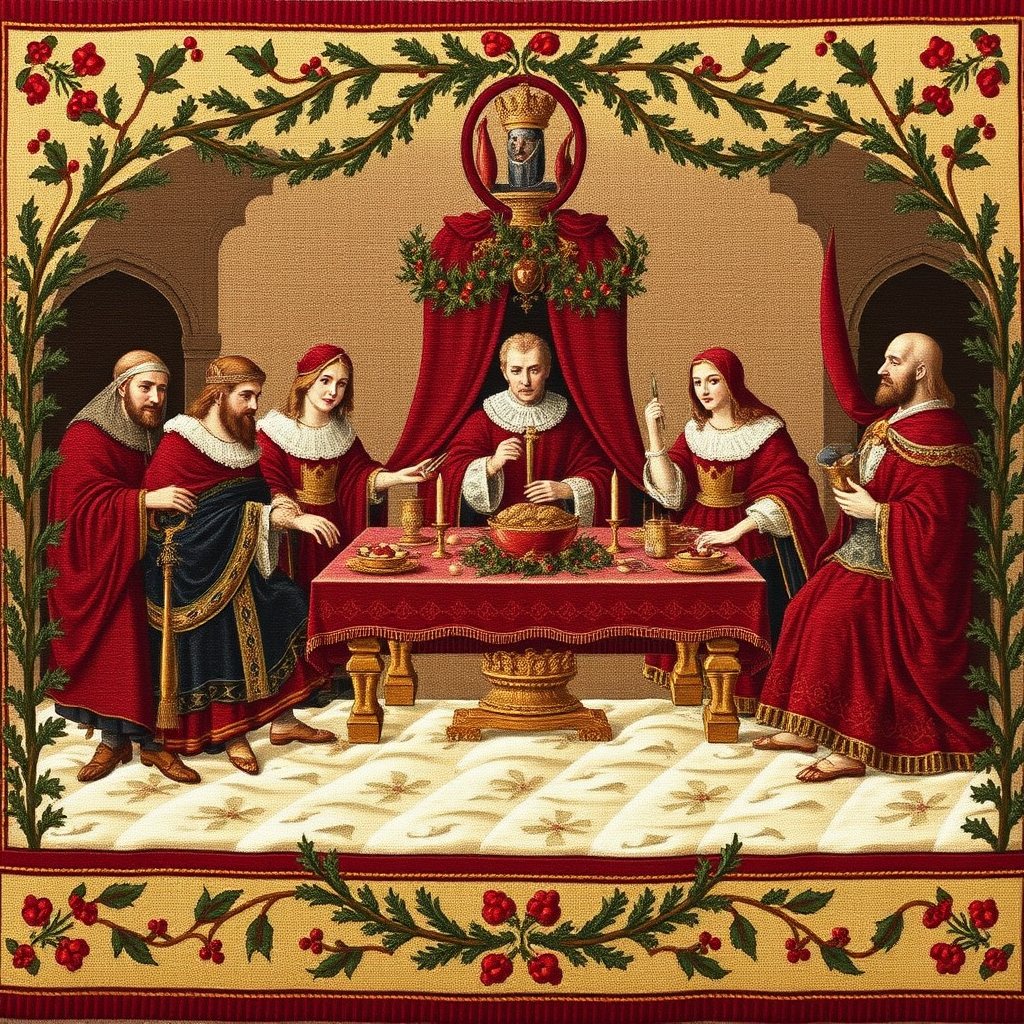
As winter's embrace settles across the globe, cultures throughout history have found unique and beautiful ways to celebrate the season's transformative power. The Metropolitan Museum's extensive decorative arts collection offers a fascinating window into these diverse holiday traditions, revealing how communities across continents and centuries have marked this special time through artistic expression.
European Medieval Celebrations in Textile Art
Our medieval European tapestries tell remarkable stories of winter festivities that shaped cultural traditions for centuries. These magnificent woven artworks, created between the 12th and 15th centuries, capture the essence of medieval holiday celebrations with extraordinary detail and craftsmanship.
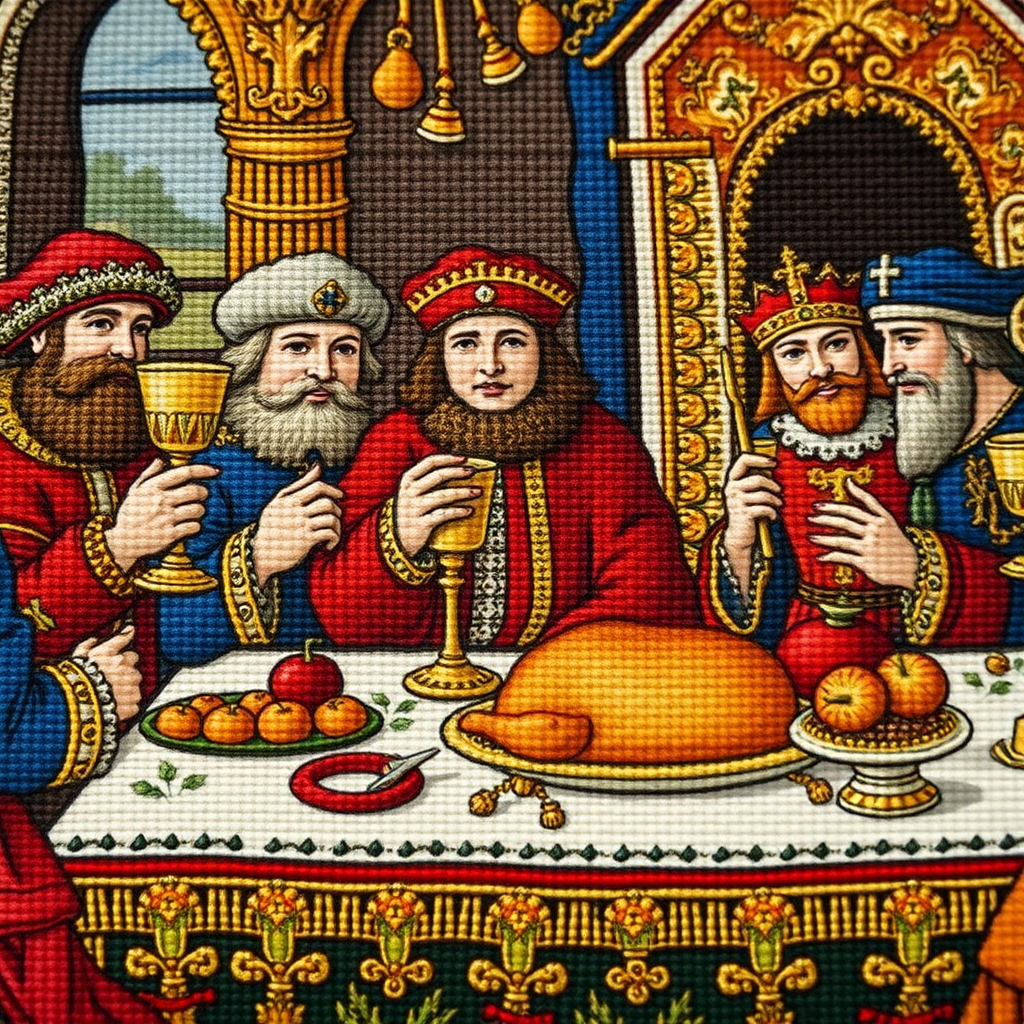
The tradition of the medieval feast, depicted in our Flemish tapestries, shows how communities gathered to share abundance during the darkest months. These textiles reveal the importance of hospitality, with detailed representations of elaborate table settings, ceremonial vessels, and the symbolic foods that marked winter celebrations.
Asian Ceremonial Objects and Winter Observances
The Metropolitan Museum's Asian arts collection showcases how Eastern cultures have honored winter through ceremonial objects that blend spiritual significance with artistic mastery. From Chinese porcelain to Japanese lacquerware, these pieces reflect deep philosophical connections to seasonal change.
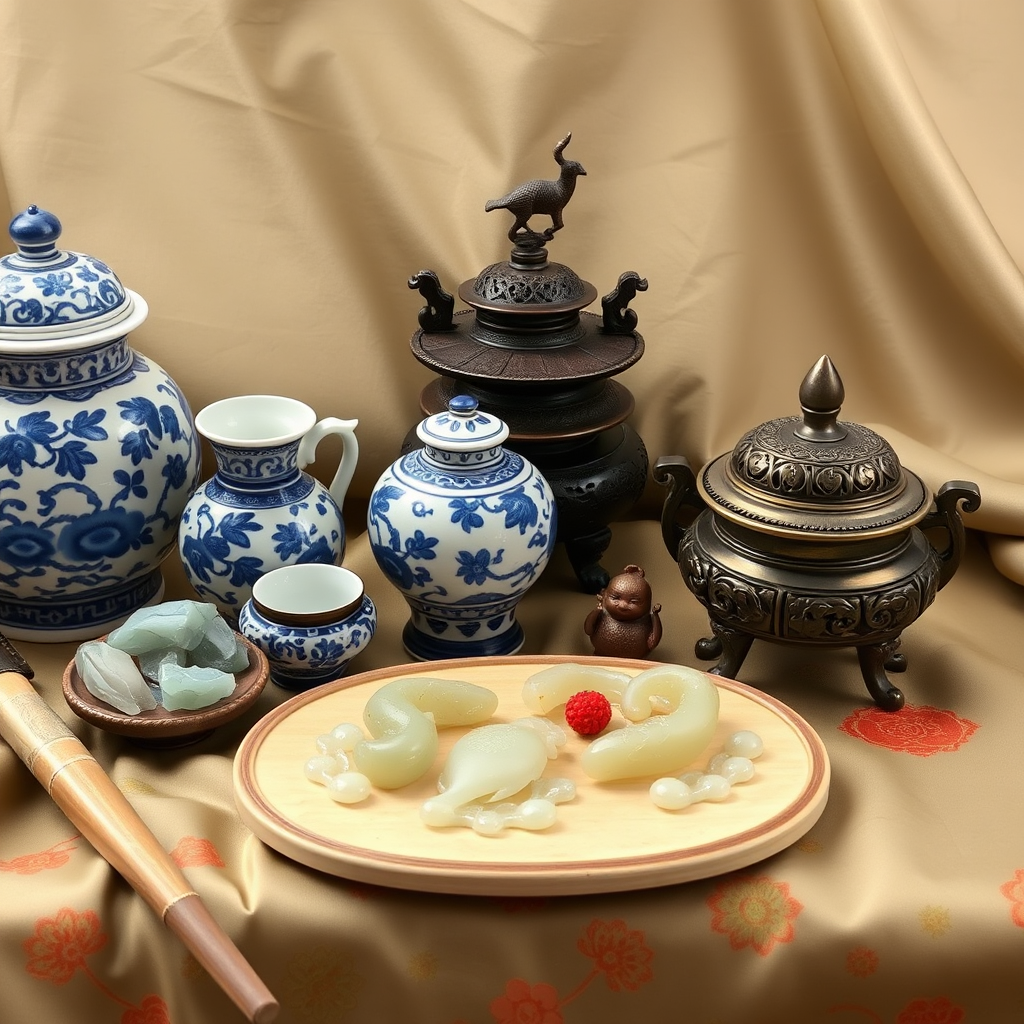
Chinese winter solstice traditions, represented through our collection of Ming Dynasty porcelain, emphasize the philosophical balance between darkness and light. These ceremonial vessels, decorated with winter plum blossoms and snow-covered landscapes, were used in family gatherings that honored ancestors and welcomed the return of longer days.
The Art of Gift-Giving Across Cultures
Throughout our decorative arts galleries, visitors can explore how different cultures have elevated gift-giving to an art form. From ornate European jewelry boxes to intricately carved African ceremonial masks, these objects reveal the universal human desire to express love and gratitude through beautiful, meaningful presents.
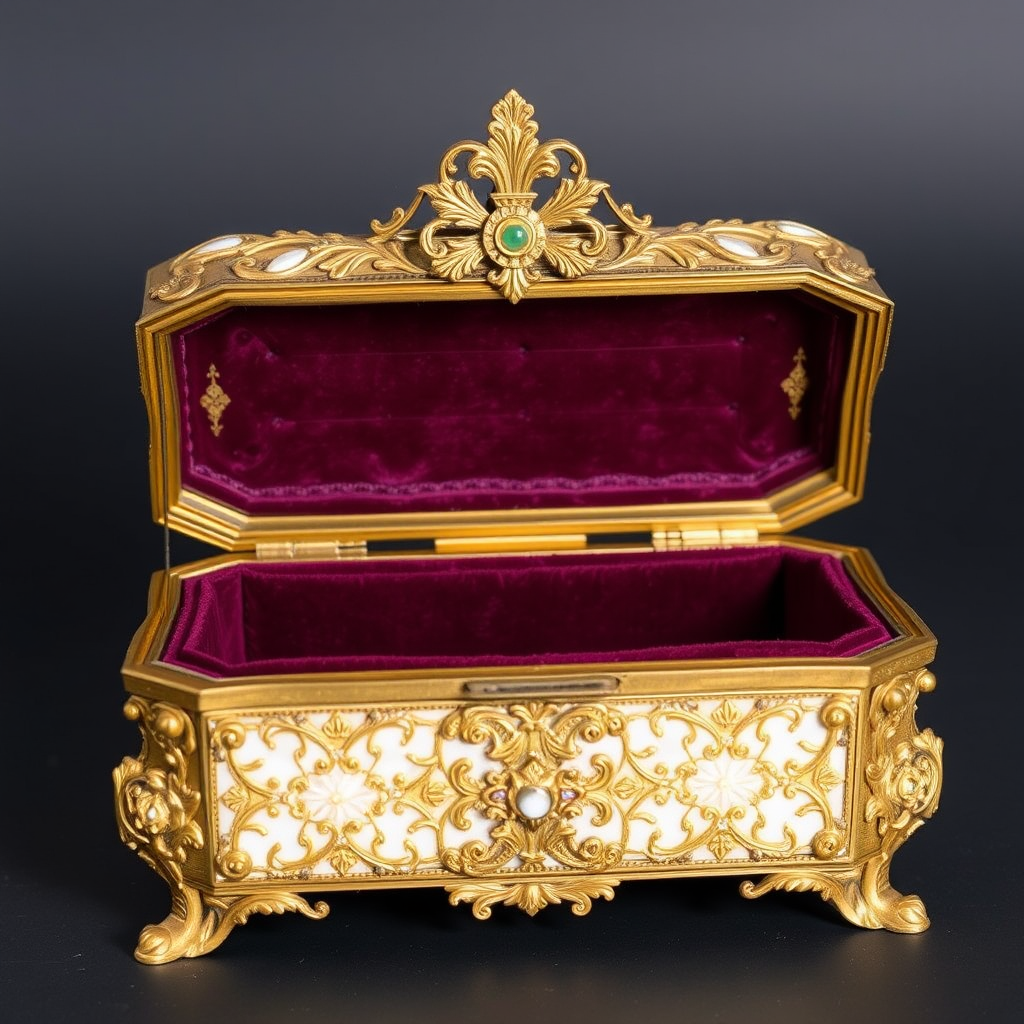
European Treasure Boxes
Ornate containers that held precious gifts, symbolizing the value of both giver and receiver.
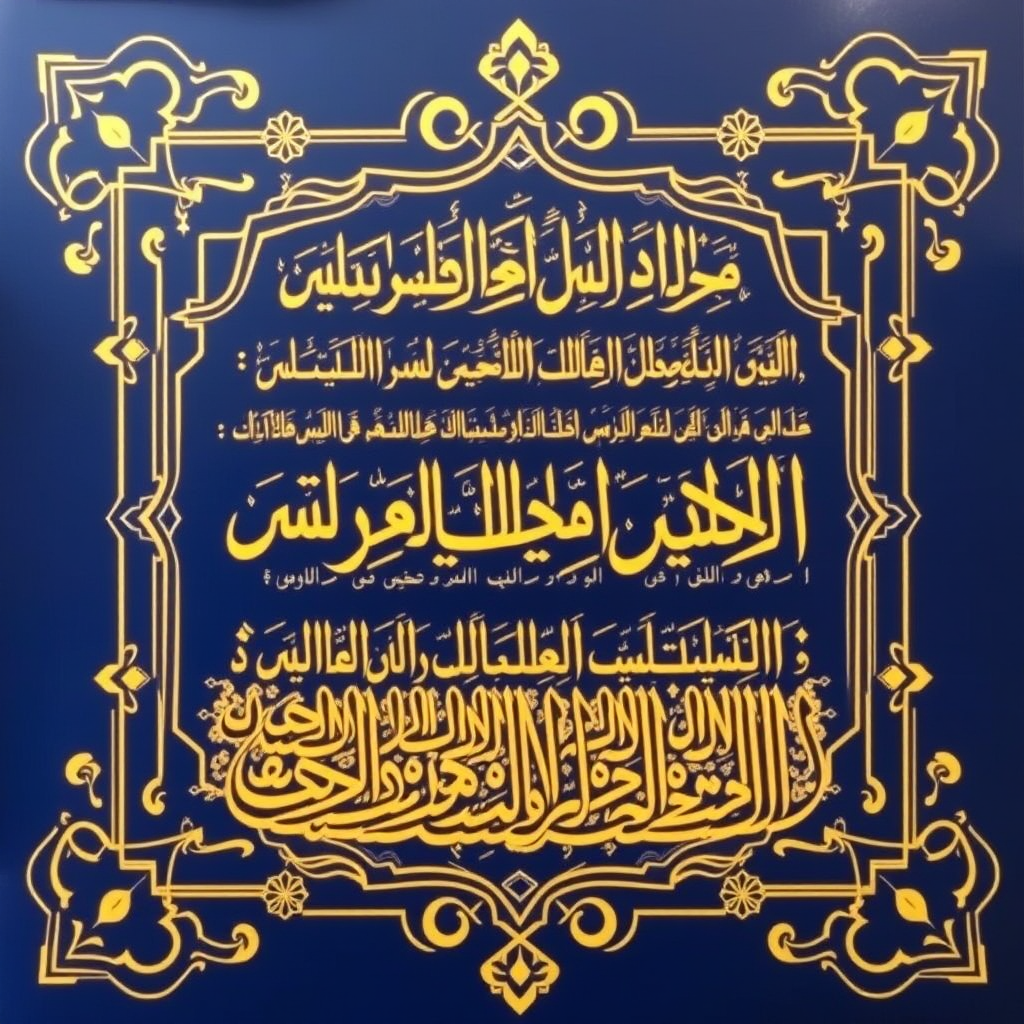
Islamic Calligraphy
Sacred texts celebrating generosity and community, often given as meaningful winter gifts.
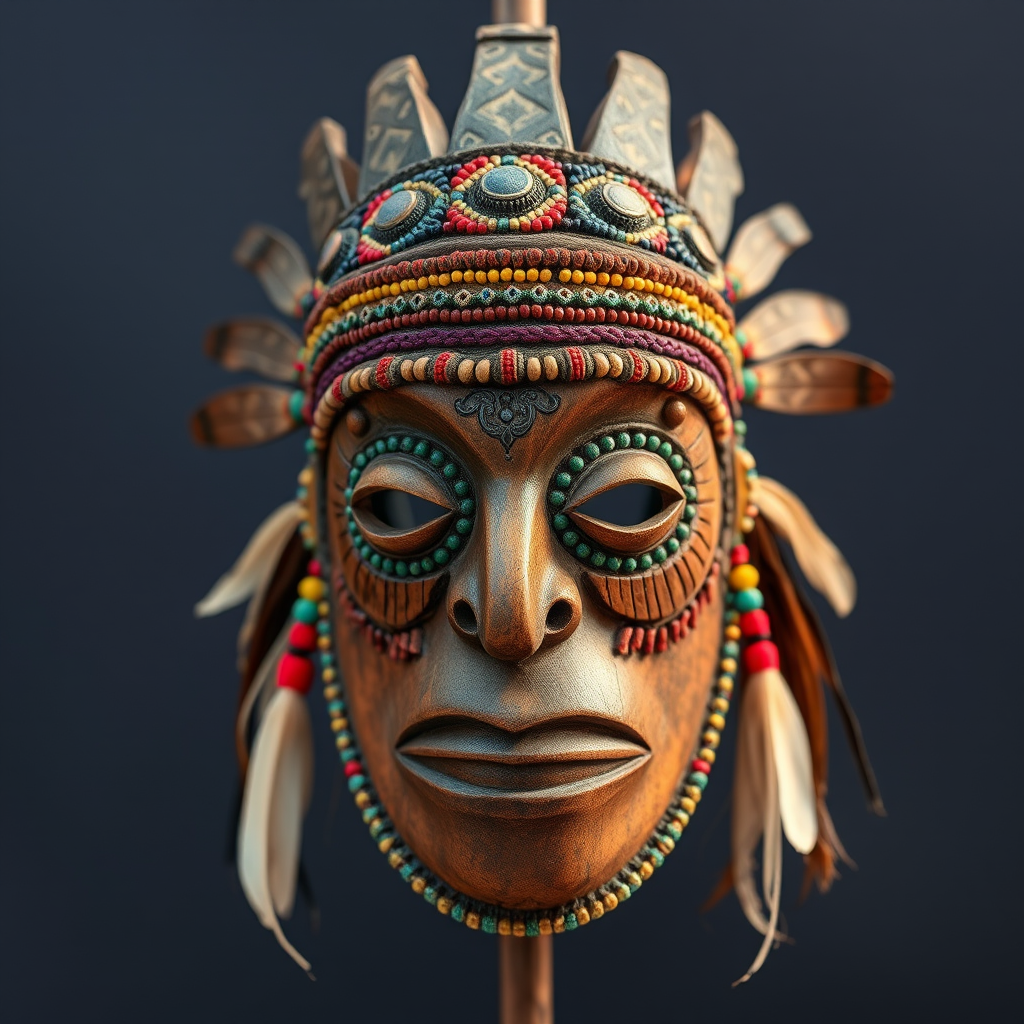
African Ceremonial Arts
Masks and sculptures that played central roles in community winter celebrations.
Spiritual Observance Through Decorative Arts
The Metropolitan Museum's collection demonstrates how spiritual observance during winter months has inspired some of humanity's most beautiful decorative objects. These pieces, spanning multiple faiths and cultures, show how artistic expression has always been intertwined with spiritual reflection and community worship.
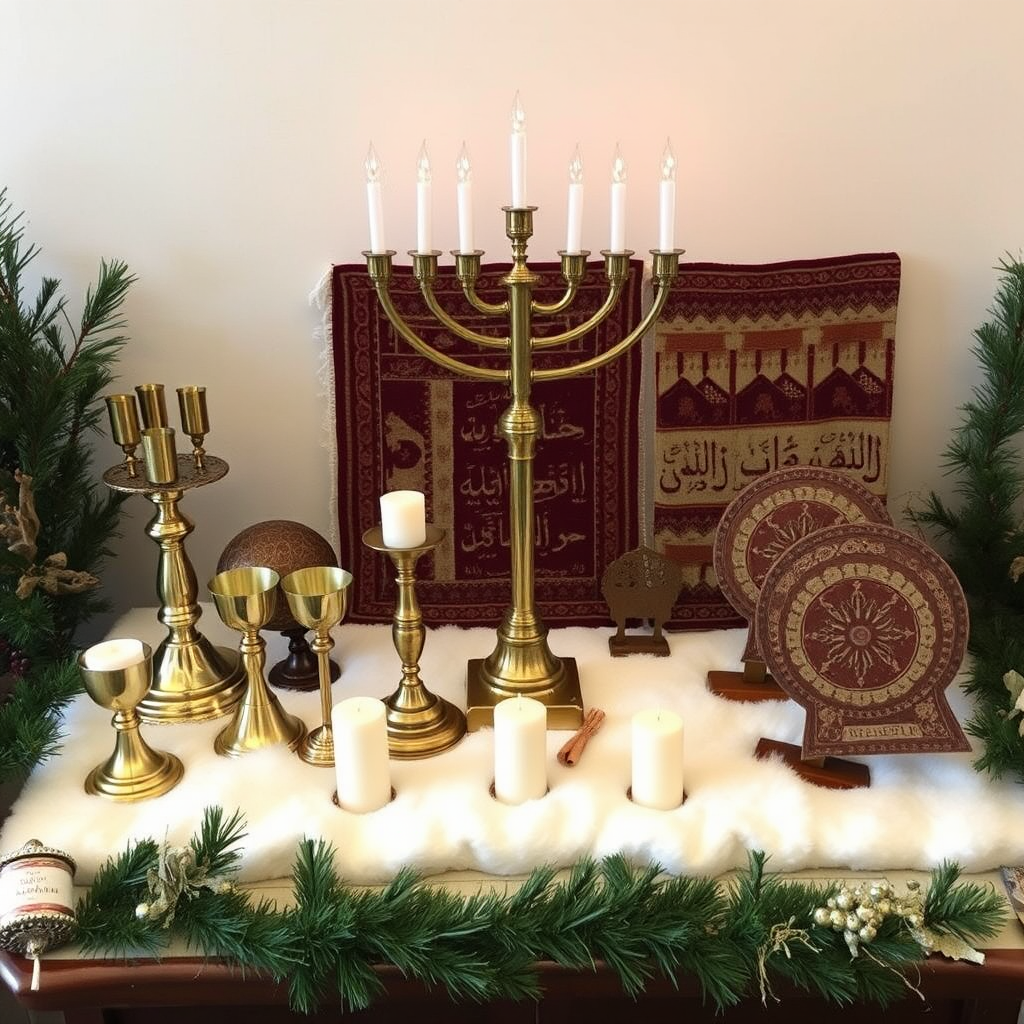
From illuminated manuscripts depicting nativity scenes to ornate menorahs celebrating the Festival of Lights, our collection reveals how winter's darkness has inspired humanity to create objects of extraordinary beauty for spiritual observance. These pieces remind us that across all cultures, the season of winter has been a time for reflection, gratitude, and connection with the divine.
Feasting Traditions in Decorative Objects
The art of feasting during winter celebrations is beautifully preserved in our collection of ceremonial dining objects. From elaborate silver serving pieces to hand-painted ceramic dishes, these items tell the story of how communities have used food and hospitality to strengthen bonds during the coldest months of the year.
Featured Pieces in Our Collection
- 16th Century Venetian Glass Goblets - Used for ceremonial toasts during winter solstice celebrations
- Ottoman Empire Silver Serving Trays - Elaborate pieces for presenting traditional winter delicacies
- Chinese Export Porcelain - Winter-themed dinner services created for European markets
- American Colonial Pewter - Simple yet elegant pieces reflecting New World winter traditions
Contemporary Connections to Ancient Traditions
As we explore these historical treasures in the Metropolitan Museum's decorative arts collection, we discover that many contemporary holiday traditions have deep roots in the artistic expressions of our ancestors. The objects in our galleries serve as bridges between past and present, showing how the human desire to celebrate, give, feast, and reflect during winter months remains constant across time and culture.
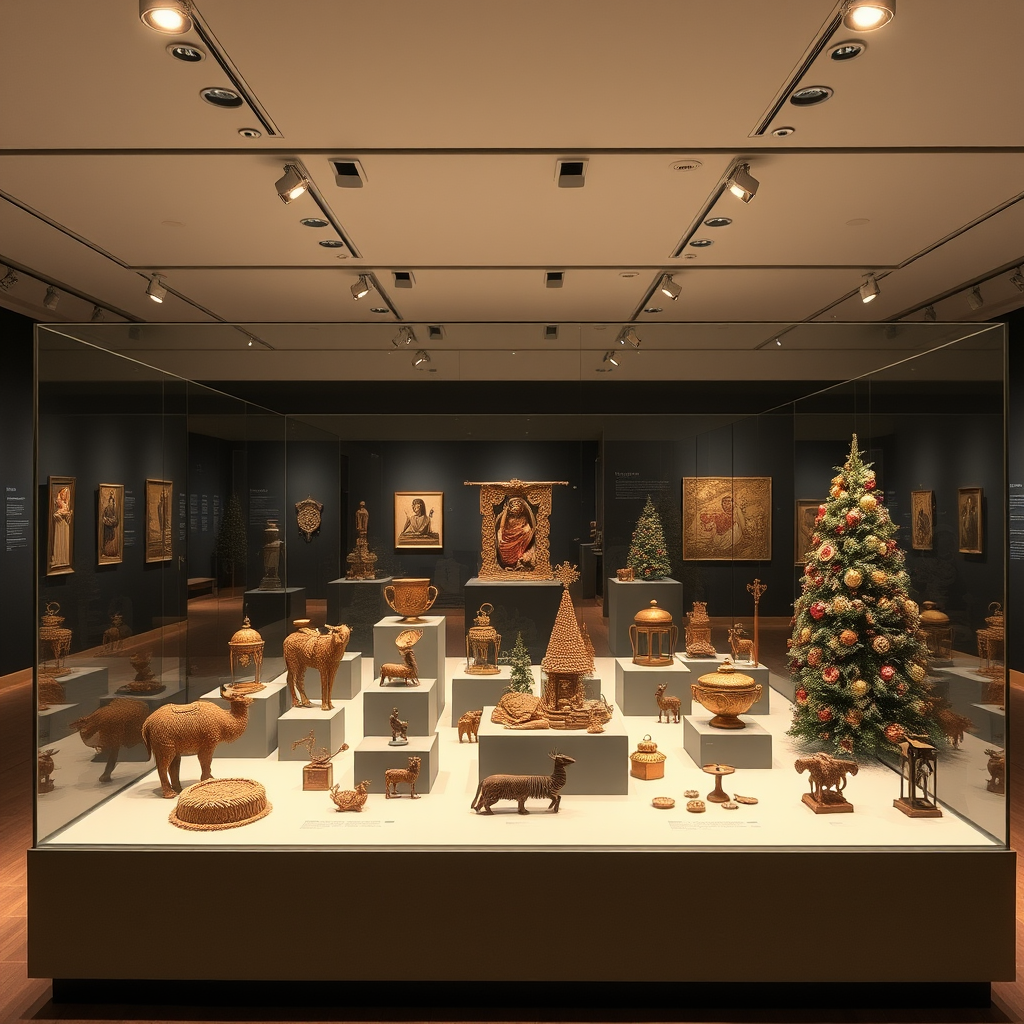
Whether you're admiring a medieval tapestry depicting a winter feast or examining a delicate piece of Asian ceremonial porcelain, these objects invite us to consider our own holiday traditions in a broader cultural context. They remind us that the arts have always played a central role in how humans mark significant moments and create meaning in their lives.